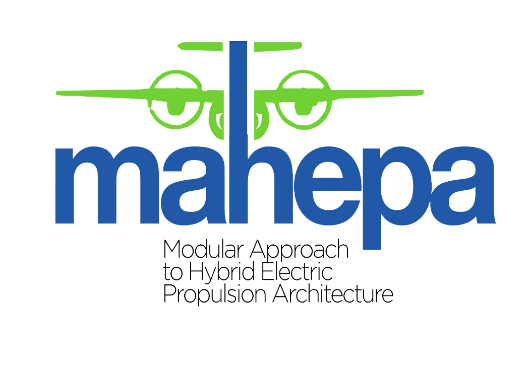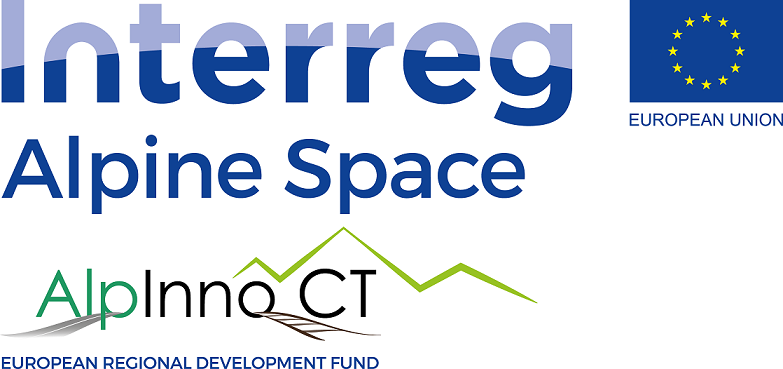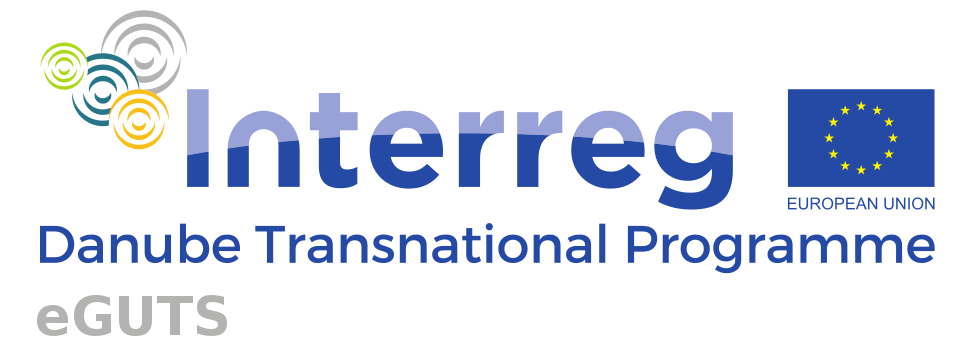Developed tools
Info
Enjoy summer, we'll be back in autumn. 
MAHEPA (2017 - 2021)
| TITLE | Modular Approach to Hybrid Electric Propulsion Architecture |
| ACRONYM | MAHEPA |
| CONTRACT GIVER | European Commission - Horizon 2020 |
| PROJECT LEADER | assoc. prof. dr. Stane Božičnik |
| TIME FRAME | 1. 5. 2017 – 30. 4. 2021 |
| PROJECT COORDINATOR | Pipistrel Ajdovščina d.o.o (SI) |
| PARTNERS | University of Maribor (SI) Compact Dynamics GmbH (DE) Deutsches Zentrum fuer luft un raumfahrt EV (DE) Universitaet ULM (DE) H2FLY GmbH (DE) Technische Universiteit Delft (NL) Politechnico di Milano (IT) |
| LINKS | https://mahepa.eu/ |
The overall objective of MAHEPA is to bridge the gap between the research and product stage of a low emission propulsion technology to meet the environmental goals for aviation towards the year 2050.
Two variants of a low emission, high efficiency, and serial-hybrid-electric propulsion architecture will be advanced to TRL 6: the first uses a hydrocarbon fuelled internal combustion engine and an electric generator as primary power source, while in the second a hydrogen fuel cell is used to produce power show casing the flexibility of the architecture. Common to both variants is the power control module, used to implement advanced power management methods to optimize mission, range and emissions of hybrid electric aircraft, and the new power electronic devices namely a highly efficient, airborne qualified electric propulsion motor and next generation inverter technology. The modular approach is further demonstrated by integration and flight-testing of each variant on a different small aircraft to show case flexibility and scalability of the powertrain. A visionary implementation study towards commercial/transport category aircraft rounds up the project.
The core value of MAHEPA is to build-up technological know-how and use flight test data to validate performance, efficiency and emission reduction capabilities of above technologies. This will allow making conclusions about the suitability of these solutions towards megawatt-scale hydrocarbon driven hybrids and zero-emission hydrogen-powered solutions. For small aircraft, this propulsion system development can be the door opener for a commercialized, new, low emission, highly efficient airplane category.
Two variants of a low emission, high efficiency, and serial-hybrid-electric propulsion architecture will be advanced to TRL 6: the first uses a hydrocarbon fuelled internal combustion engine and an electric generator as primary power source, while in the second a hydrogen fuel cell is used to produce power show casing the flexibility of the architecture. Common to both variants is the power control module, used to implement advanced power management methods to optimize mission, range and emissions of hybrid electric aircraft, and the new power electronic devices namely a highly efficient, airborne qualified electric propulsion motor and next generation inverter technology. The modular approach is further demonstrated by integration and flight-testing of each variant on a different small aircraft to show case flexibility and scalability of the powertrain. A visionary implementation study towards commercial/transport category aircraft rounds up the project.
The core value of MAHEPA is to build-up technological know-how and use flight test data to validate performance, efficiency and emission reduction capabilities of above technologies. This will allow making conclusions about the suitability of these solutions towards megawatt-scale hydrocarbon driven hybrids and zero-emission hydrogen-powered solutions. For small aircraft, this propulsion system development can be the door opener for a commercialized, new, low emission, highly efficient airplane category.
News
Current EU projects
-
DANOVA (2020 - 2022)

Innovative transportation services for blind and partially-sighted passengers in Danube Region -
SMACKER (2019 - 2022)

Soft measures & Actions for behavioural Change and Knowledge to Embrace peripheral and Rural areas
Accomplished EU projects
-
ECarriage 4CBST (2018 - 2021)
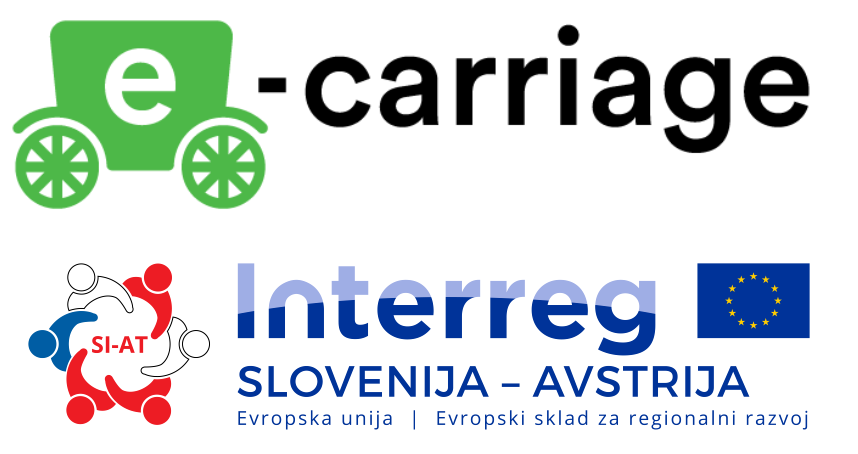
Eco tours for e-carriages -
MELINDA (2018 - 2021)
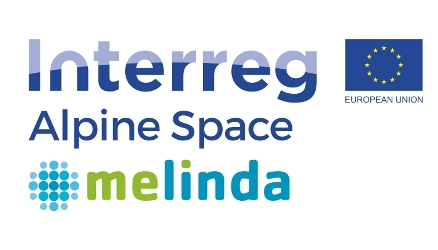
Mobility Ecosystem for Low-carbon and Innovative Modal Shift in the Alps -
MAHEPA (2017 - 2021)
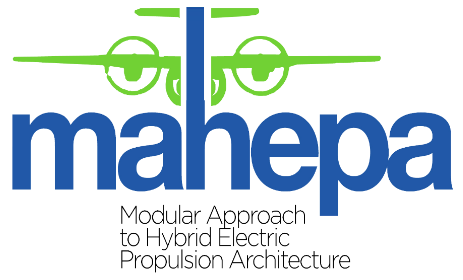
Modular Approach to Hybrid Electric Propulsion Architecture -
GRASPINNO (2016 - 2019)
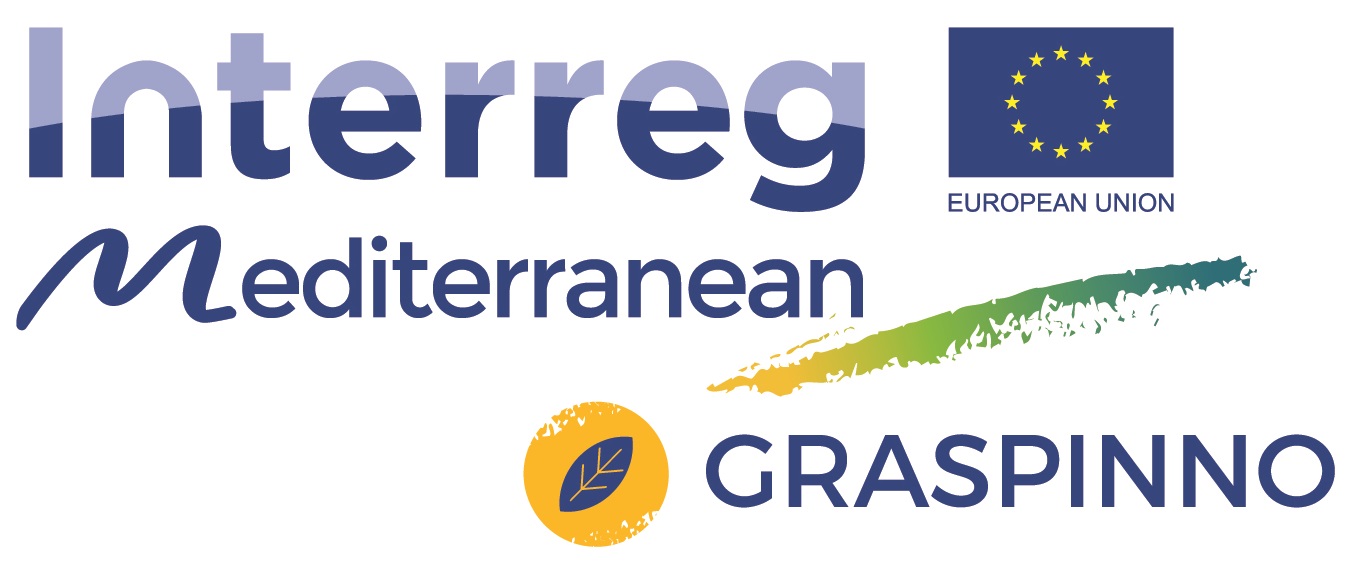
Transnational model, strategies and decision support for innovative clusters and business networks towards green growth -
AlpInnoCT (2016 - 2019)
Alpine Innovation for Combined Transport -
eGUTS (2017 - 2019)
Electric, Electronic and Green Urban Transport Systems -
SULPiTER (2016 - 2019)

Sustainable Urban Logistics Planning to Enhance Regional Freight Transport -
BALTIC-ADRIATIC CORRIDOR (2015-2017)
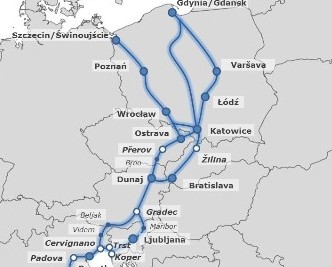
Study on Baltic-Adriatic TEN-T Corridor and Support to the European Coordinator -
BALTIC-ADRIATIC CORRIDOR (2014)

Establishment of technical backgrounds for the definition of the Baltic-Adriatic Corridor work plan -
HYPSTAIR (2013-2016)

Development and validation of hybrid propulsion system components and sub-systems for electrical aircraft -
CO-EFFICIENT (2013-2015)

COllaborative framework for energy efficient SME systems -
BESTFACT (2012-2015)

Best Practice Factory for Freight Transport -
FUTUREMED (2012-2015)
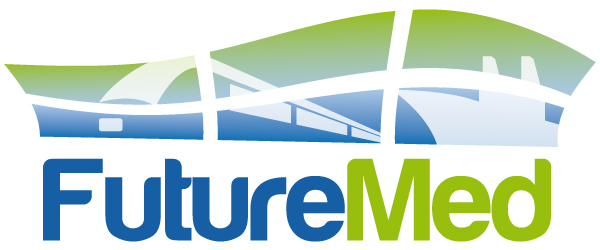
Freight and passengers sUpporting infomobiliTy systems for a sUstainable impRovEment of the competitiveness of port-hinterland systems of the MED area -
TransNEW (2010-2011)
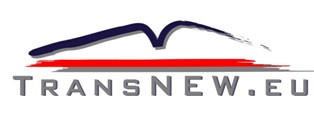
TransNEW – Support for realising New Member and Associated States' potentials in transport research. -
B2B LOCO (2009-2011)

Baltic - to - Balkan Network for Logistics Competence -
KASSETTS (2008-2012)
 Knowledge-enabled access of Central EU SMEs to Efficient Transnational Transport Solution
Knowledge-enabled access of Central EU SMEs to Efficient Transnational Transport Solution -
CASTLE (2008-2011)
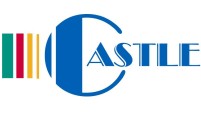 Cooperation Among SMEs Toward Logistic Excellence
Cooperation Among SMEs Toward Logistic Excellence -
KOMODA (2008-2009)
 Co-modality optimised integrated chains in freight transport logistics
Co-modality optimised integrated chains in freight transport logistics -
RECODRIVE (2007-2010)
 Rewarding and Recognition Schemes for Energy Conserving Driving
Rewarding and Recognition Schemes for Energy Conserving Driving -
TRALOTRA (2007-2009)
 Development of professional innovative Training tools in Logistics
Development of professional innovative Training tools in Logistics -
PROMIT (2006-2009)

Promoting Innovative Intermodal Freight Transport ... -
DIFFERENT (2006-2008)
 User Reaction and Efficient Differentation of Charges and Tolls
User Reaction and Efficient Differentation of Charges and Tolls -
CORELOG (2005-2007)
 COordinated REgional LOGistics
COordinated REgional LOGistics -
BESTUFS II (2005-2007)
 Best Urban Feight Solution
Best Urban Feight Solution -
SUMMA (2003-2004)
 SUstainable Mobility, policy, Measures, and Assesment of sustainable transport development ...
SUstainable Mobility, policy, Measures, and Assesment of sustainable transport development ... -
TREMOVE (2003-2004)
 EUROPEAN TREMOVE TRANSPORT MODEL
EUROPEAN TREMOVE TRANSPORT MODEL -
MC ICAM (2001-2003)
 Implementation of Marginal Cost Pricing in Transport -Integrated Conceptual and Applied Model Analisis
Implementation of Marginal Cost Pricing in Transport -Integrated Conceptual and Applied Model Analisis -
IMPRINT EUROPE (2001-2003)
 Promotion and Implementation of Fair and Efficient Transport Pricing ...
Promotion and Implementation of Fair and Efficient Transport Pricing ... -
BESTUFS I (2002-2003)
 Best Urban Feight Solution
Best Urban Feight Solution -
ALP-NET (2001–2003)
 Thematic Network on Trans-Alpine Crossing
Thematic Network on Trans-Alpine Crossing -
PORTAL (2000–2003)
 Promotion of Results In Transport Research And Learning
Promotion of Results In Transport Research And Learning -
PHARE Cross Border Cooperation (2000-2001)
 Mutual Validity of Tickets in Public Transportation of Cross Border Regions Between Slovenia and Austria
Mutual Validity of Tickets in Public Transportation of Cross Border Regions Between Slovenia and Austria
